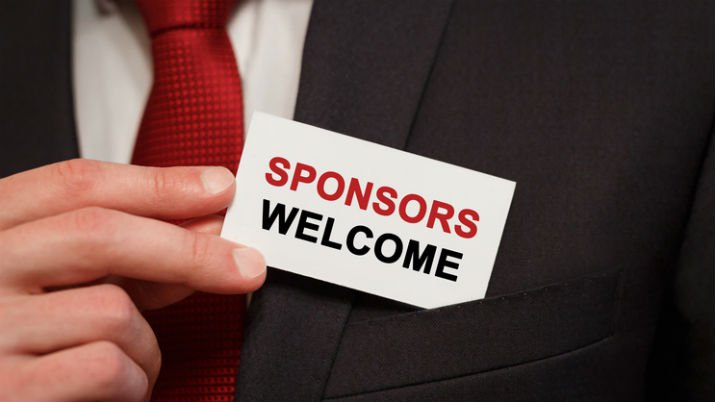The Role of the Executive Sponsor in Project Management

Last Updated March 8, 2024
An active and engaged executive sponsor is consistently the top driver of project success, yet, according to a recent Pulse of the Profession® report by the Project Management Institute (PMI), an average of 38% of projects do not have active executive sponsorship.
While a project manager’s role is traditionally focused on day-to-day execution, executive sponsors typically have more high-level responsibilities and often focus on strategy and creating conditions for success instead of implementation.
Executive Sponsor Responsibilities
An executive sponsor has several duties, including:
- Ensuring a project’s goals are aligned with the overall company strategy
- Gathering support, communicating goals and overcoming resistance from senior executives
- Providing ongoing direction to the project team during a project’s lifecycle
Executive sponsorship can be useful for senior executives because it allows them to oversee key initiatives that are important to the business and the CEO. However, according to PMI’s research, many senior executives remain unsure of what it means to be an executive sponsor and how they are supposed to enhance project outcomes. When the responsibilities and expectations of an executive sponsor are unclear, the role can become a hollow designation or cause dysfunction instead of increasing project success rates.
The Executive Sponsor Role
Successful executive sponsors have detailed knowledge of a project and understand how it aligns to the overall strategy of the business. They are expected to use their position and authority to remove impediments, make quick and effective decisions and influence executive buy-in on projects.
Executive sponsors have the greatest impact on project outcomes in three areas:
- Visibility — Productive executive sponsors remain involved throughout a project’s lifecycle and take ownership of the project’s outcomes. They are responsible for providing necessary resources, offering input to ensure the project stays aligned with overall strategy and keeping other executives informed on the project’s progress.
- Communication — Employees impacted by change want organizational leaders to be transparent. Frequent and concise communication is an important duty for an executive sponsor to clearly communicate why project changes are important and risks that come with not implementing them.
- Coalition building — Executive sponsors are expected to take the lead in building and maintaining a group of leaders who support change and are willing to legitimize it in other parts of the organization.
Importance of Executive Sponsor Training and Development
According to PMI, organizations with sponsors who have advanced knowledge of project management have better project outcomes. About nine out of 10 organizations employ executive sponsors with a basic understanding of project management, but only three in five organizations provide their executive sponsors with training and development on the topic. PMI reports that having general knowledge of project management is not enough preparation to serve as a sponsor. Additional skills, training and experience are required.
The type of training and development executive sponsors receive also makes a difference. On-the-job learning, self-study and extensive experience with project management have no impact on improving project outcomes. Instead, internal and external training from an organization’s Project Management Office (PMO) or mentoring from other executive sponsors within the organization have better impact on project outcomes, according to PMI. Overall, organizations using any and all methods of training have better project outcomes than those using none at all.
Feedback is also an important aspect of training and development. One in four organizations has a process in place for collecting information on the effectiveness of its executive sponsors. According to the research, organizations that have these processes in place tend to see better project outcomes.
How to Choose an Executive Sponsor
The executive sponsor role continues to increase in importance, but even more so is the need to choose the right person to fill that role. A key aspect of an executive sponsor’s ability to influence others is communication – it is essential for helping people understand the importance of an initiative to the company and how each project team member can play a part. In addition, sponsors should possess strong leadership capabilities and negotiation skills. An executive sponsor will usually be among the senior leaders in the organization, however, reporting structure matters less than the person’s ability to command respect, motivate and harness the capabilities of stakeholders across the organization.
*Pulse of the Profession is a registered mark of the Project Management Institute, Inc.





